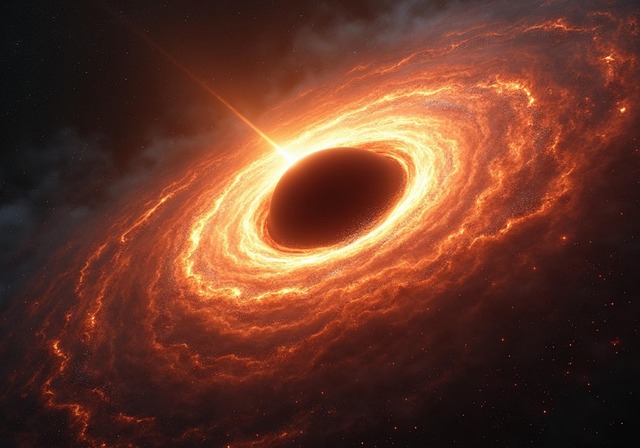A century after it was first theorised, a Japanese scientist believes he may have captured the first image of dark matter. Professor Tomonori Totani, from the University of Tokyo’s Department of Astronomy, analysed data from Nasa’s Fermi Gamma-ray Space Telescope and says it offers the earliest direct indication of the invisible substance thought to constitute around 85 per cent of the universe.
++ The peregrine falcon: nature’s fastest killer in the sky
Dark matter was initially proposed in 1933 by Swiss astronomer Fritz Zwicky, who suggested that an unseen force was required to stop galaxy clusters from flying apart. The material neither emits nor absorbs light, nor does it interact with electromagnetic forces, making it exceptionally difficult to observe.
Although impossible to detect visually, dark matter has long fascinated scientists, as it could help explain the formation of galaxies and shed light on the wider structure of the cosmos. Researchers have theorised that, in extremely rare conditions, dark matter particles may “self-annihilate” when they meet, briefly generating gamma-ray photons.
With this in mind, Professor Totani directed the Fermi telescope towards the heart of the Milky Way, an area believed to contain a high concentration of dark matter. He says the telescope detected gamma-ray emissions matching the expected pattern of a dark matter halo.
“The gamma-ray emission component closely matches the shape expected from the dark matter halo,” Professor Totani said. “If correct, it would represent the first time humanity has effectively ‘seen’ dark matter, suggesting the existence of a particle not included in the current Standard Model of physics. This could mark a significant turning point for astronomy and particle science.”
++ Government moves to assure fuel security amid Lindsey refinery collapse
The findings were published on Wednesday in the Journal of Cosmology and Astroparticle Physics under the title 20 GeV halo-like excess of the Galactic diffuse emission and implications for dark matter annihilation. However, Totani emphasises that further independent analysis is required before the claim can be confirmed.





